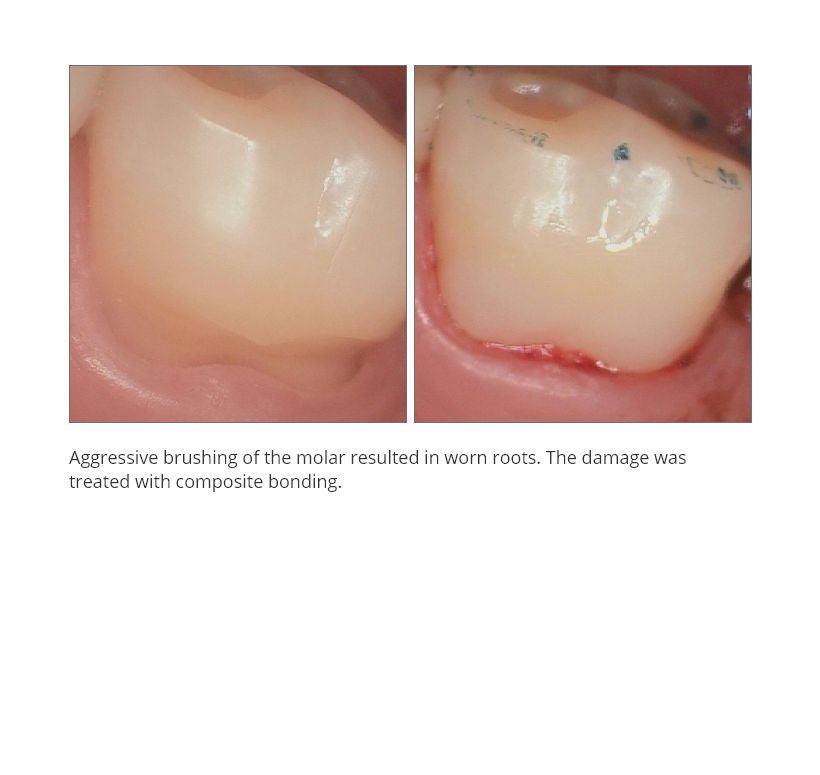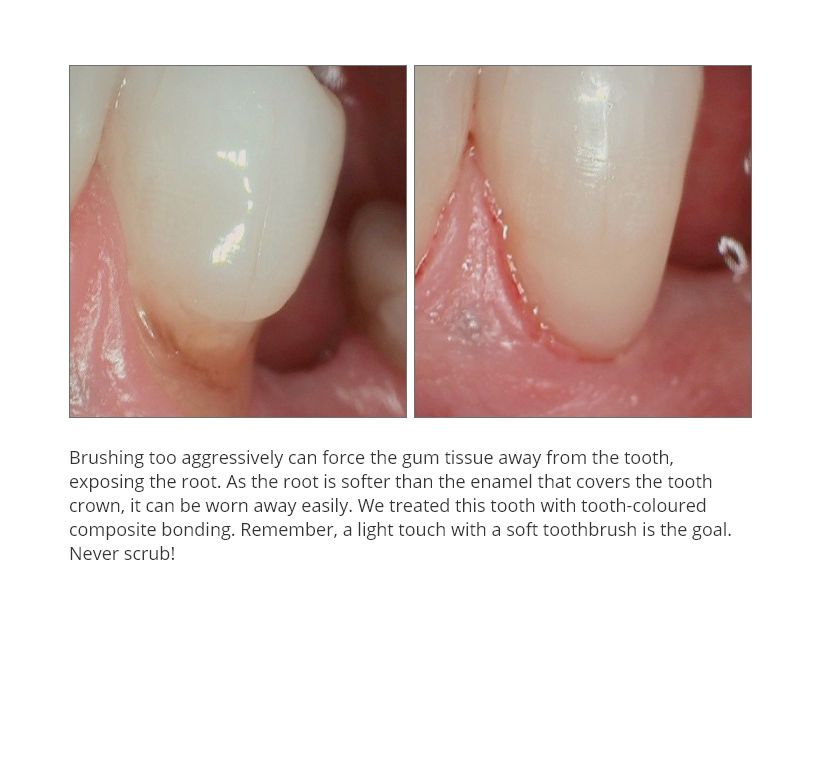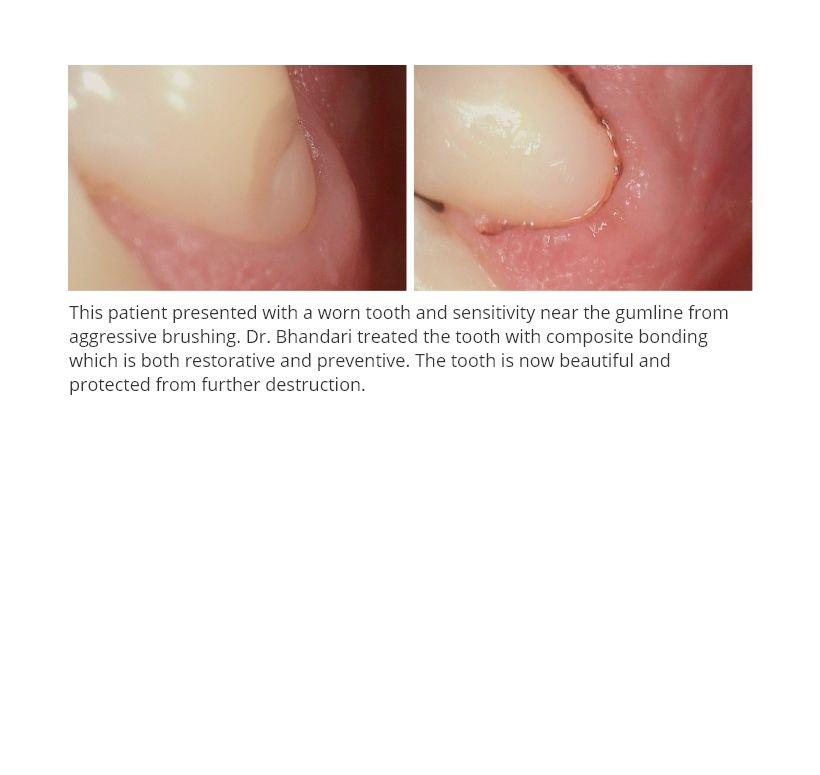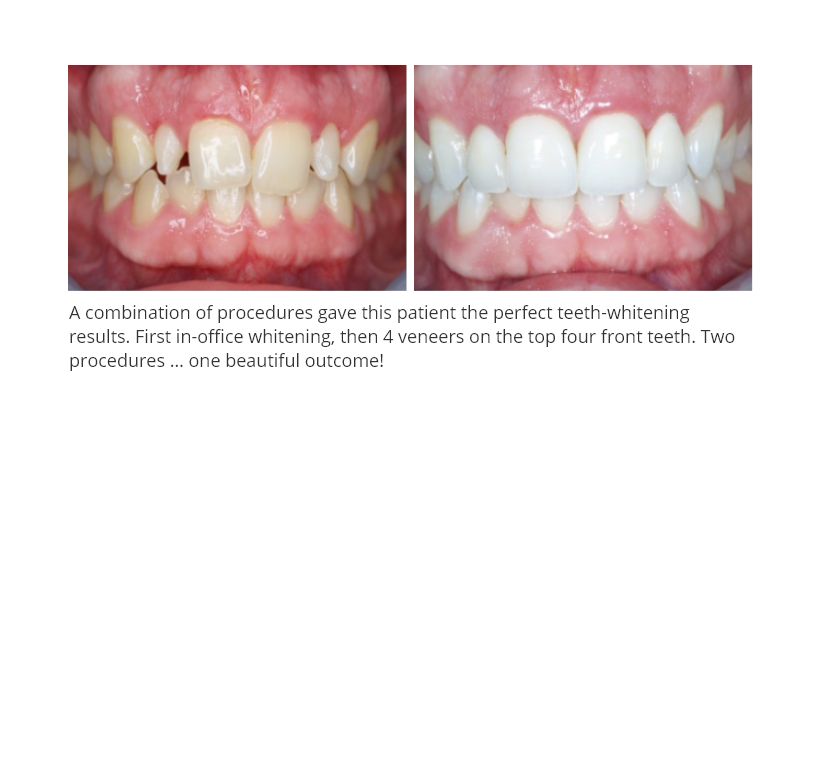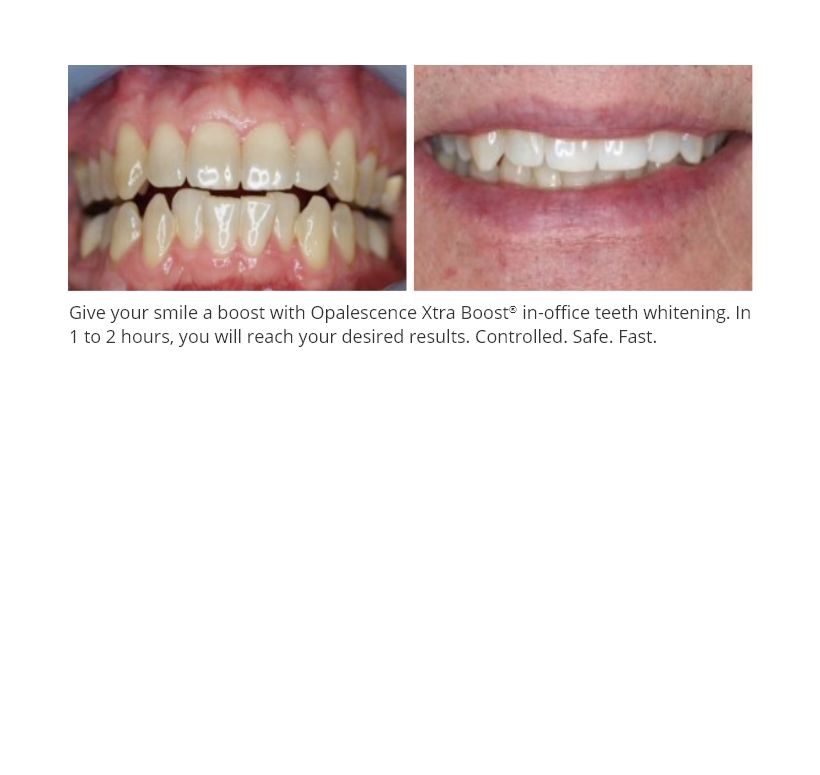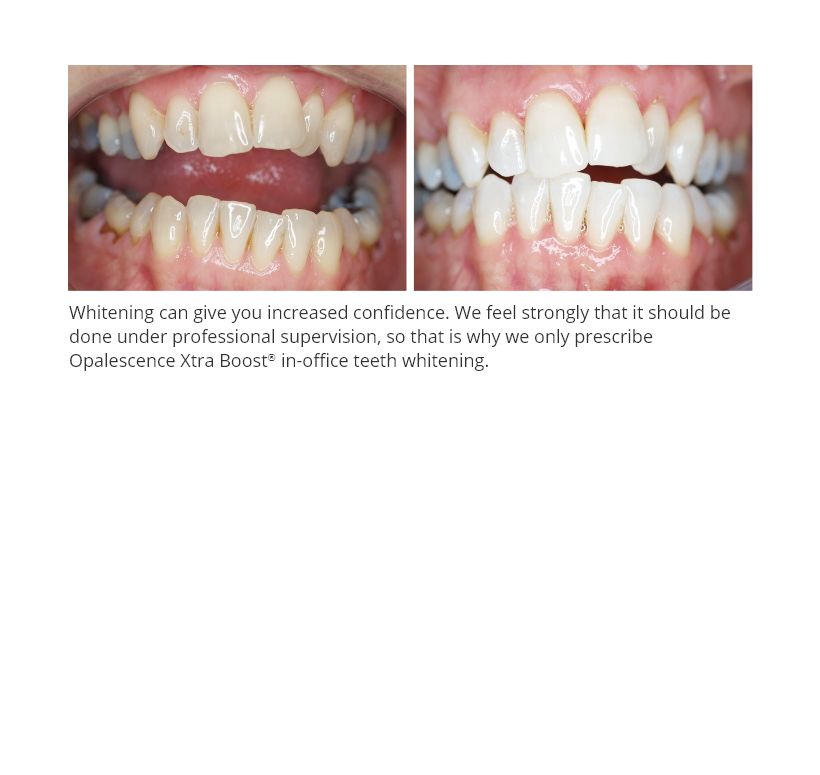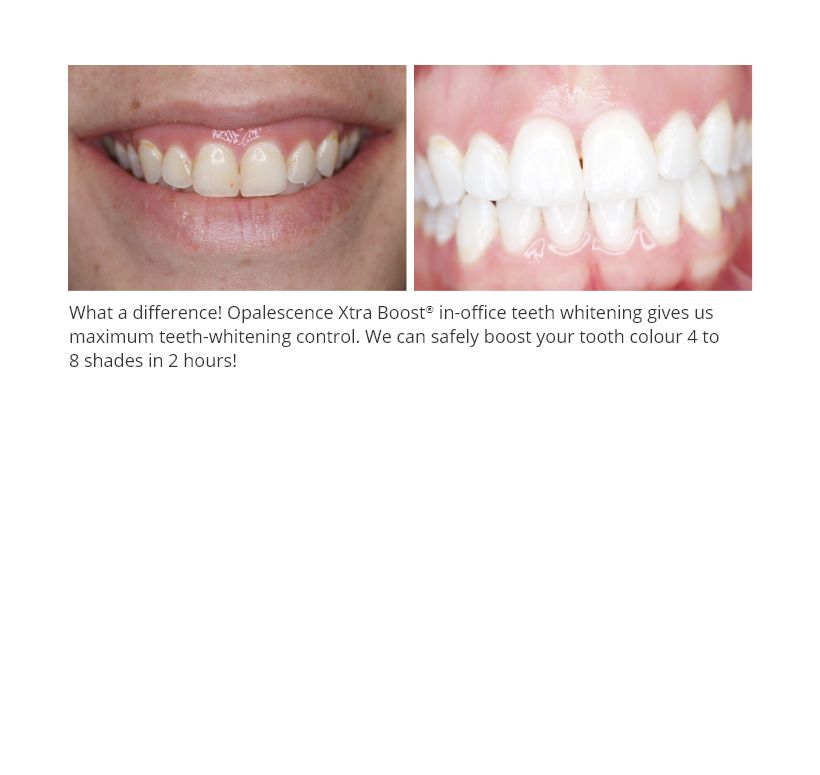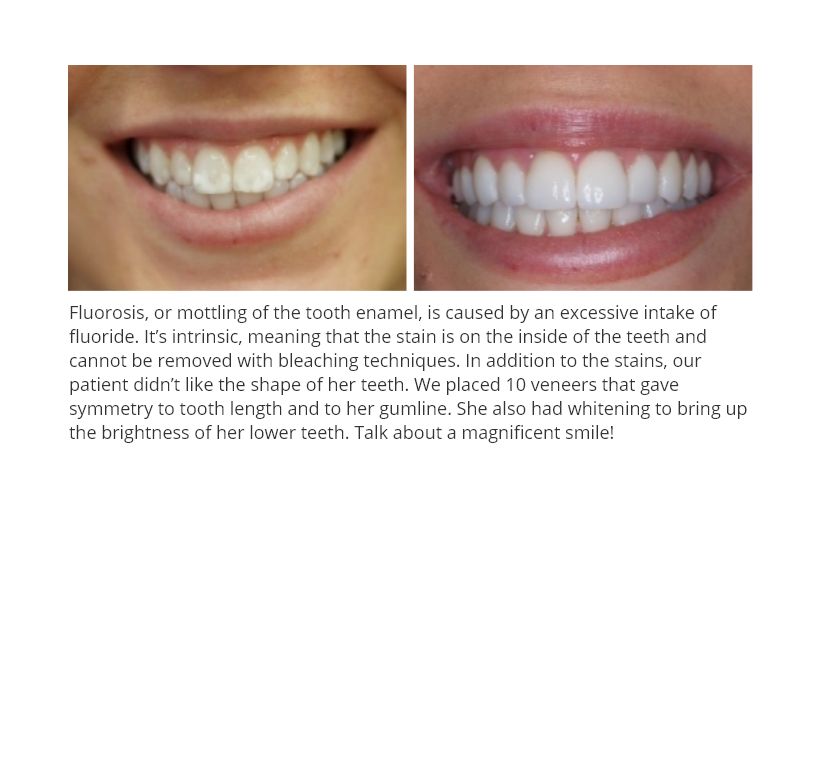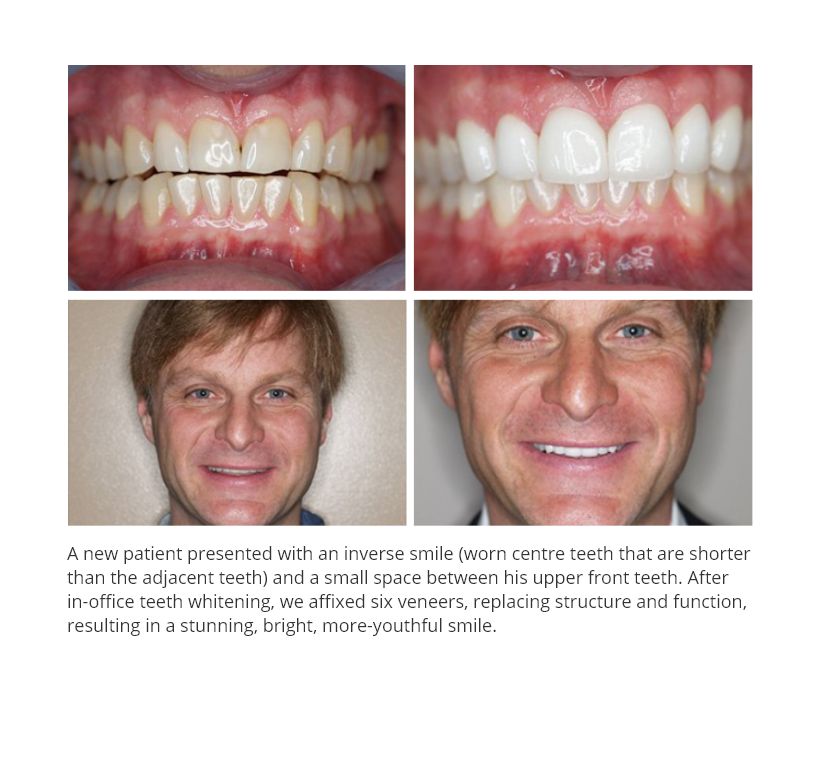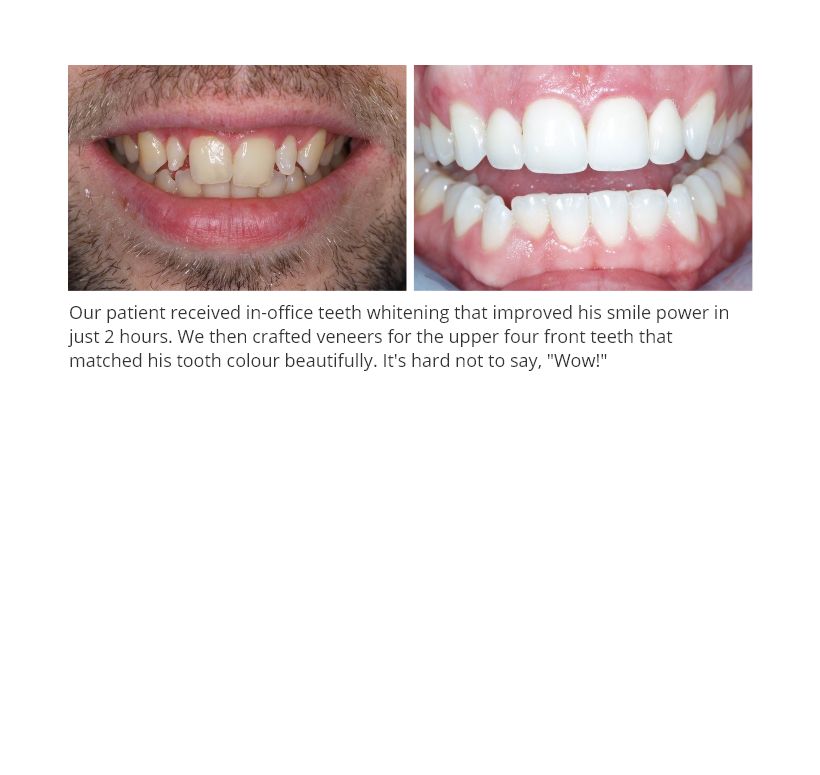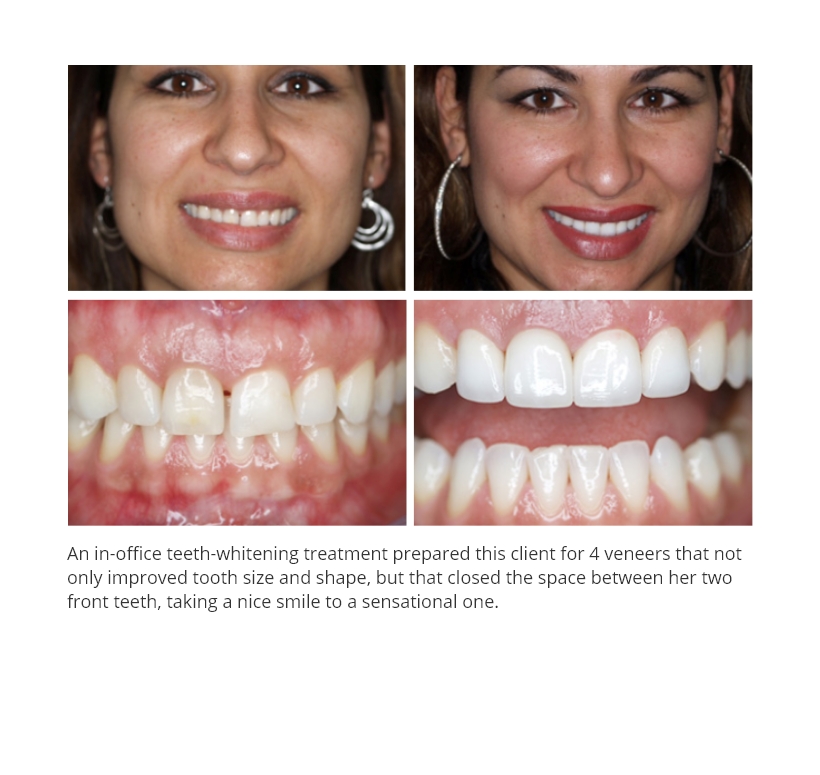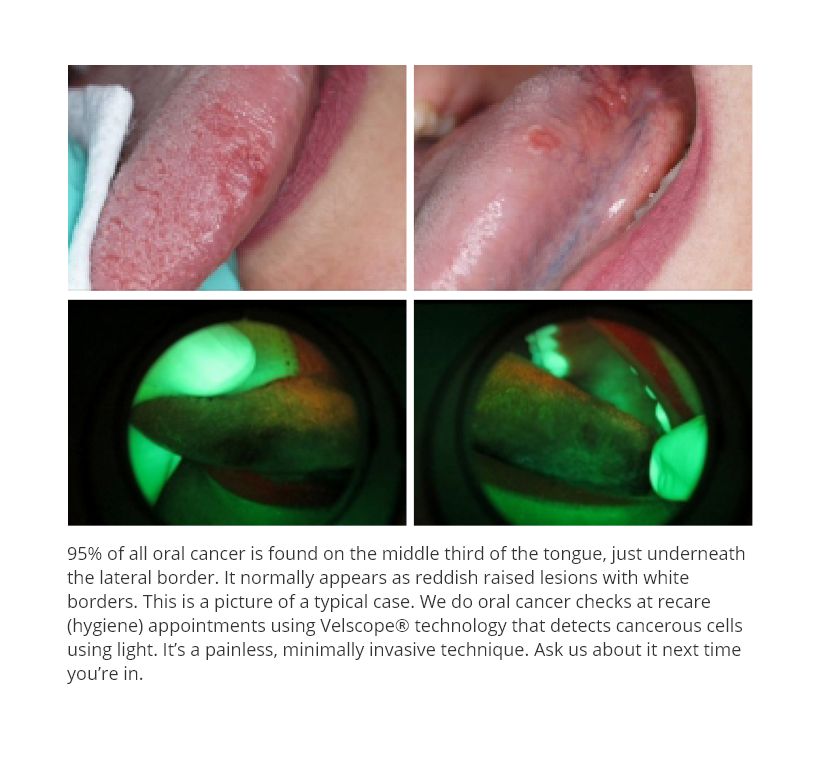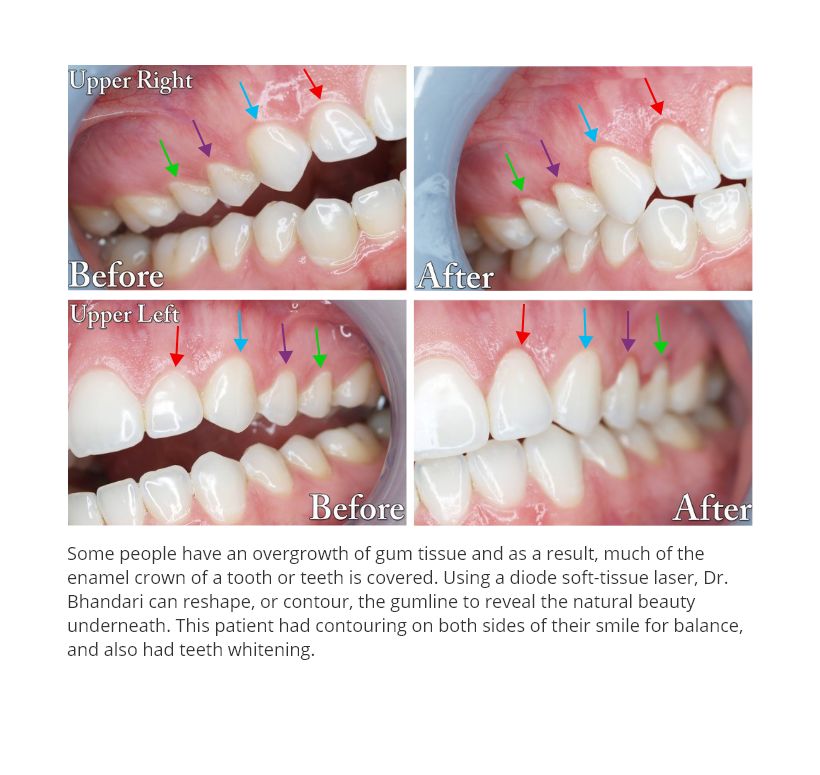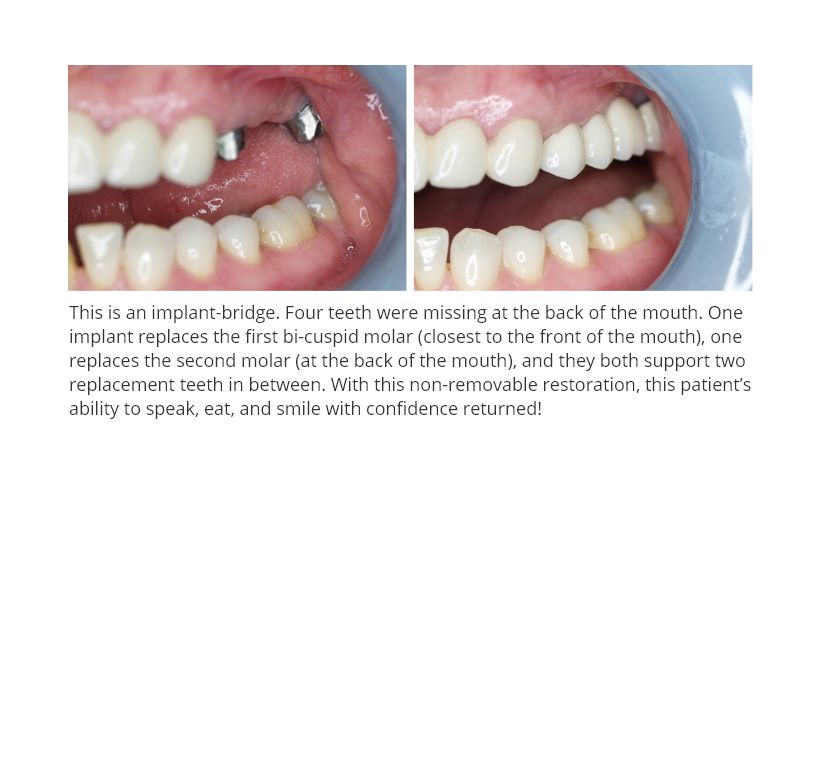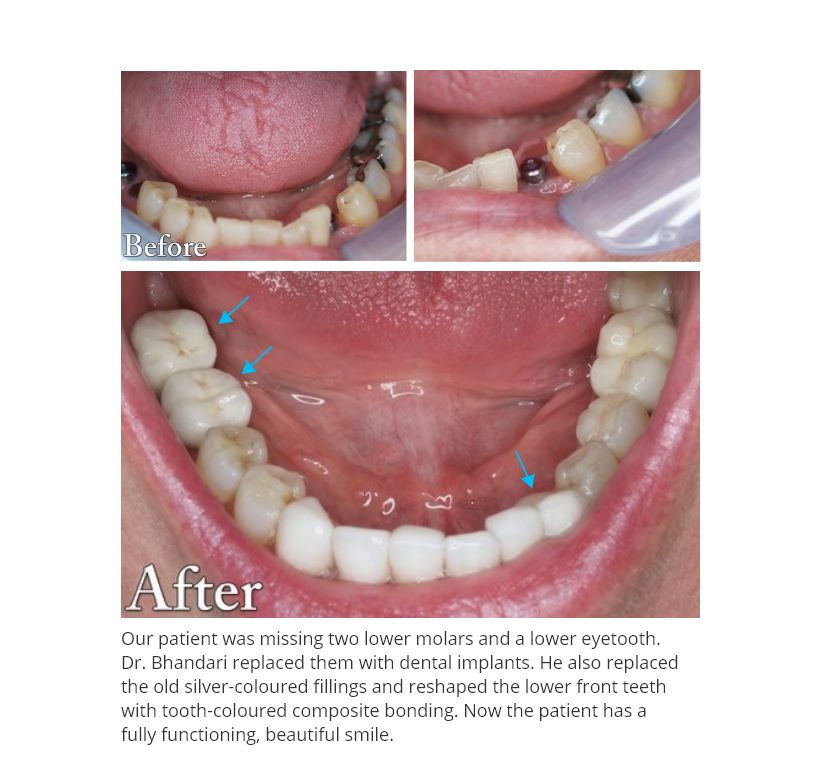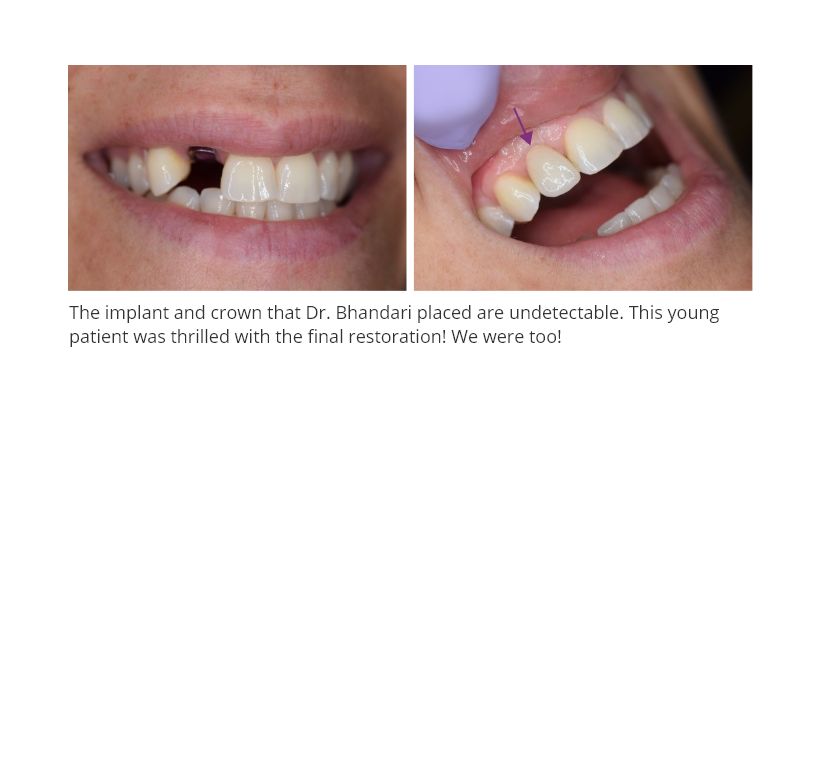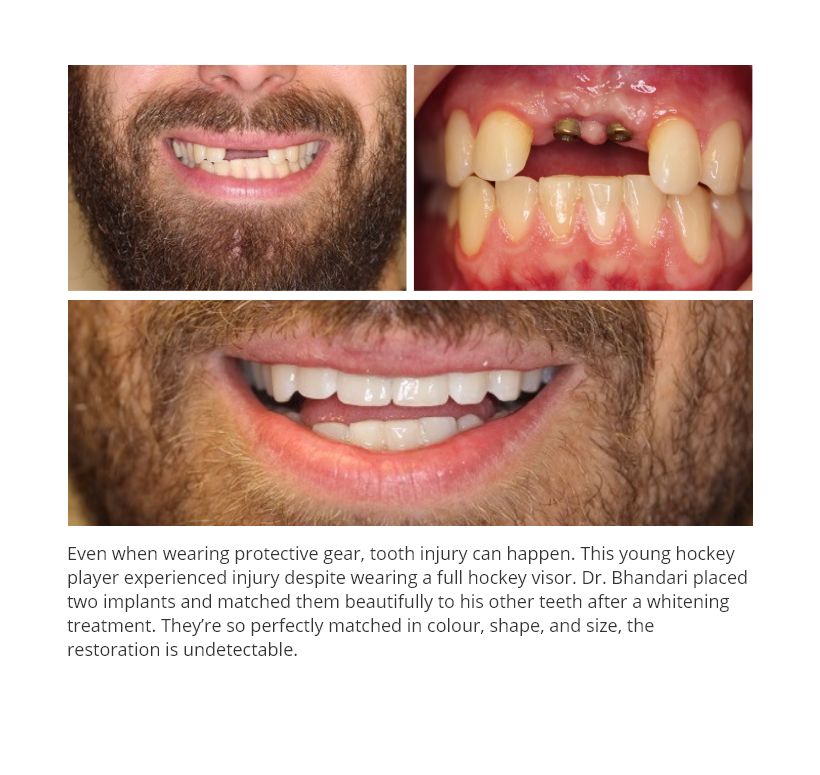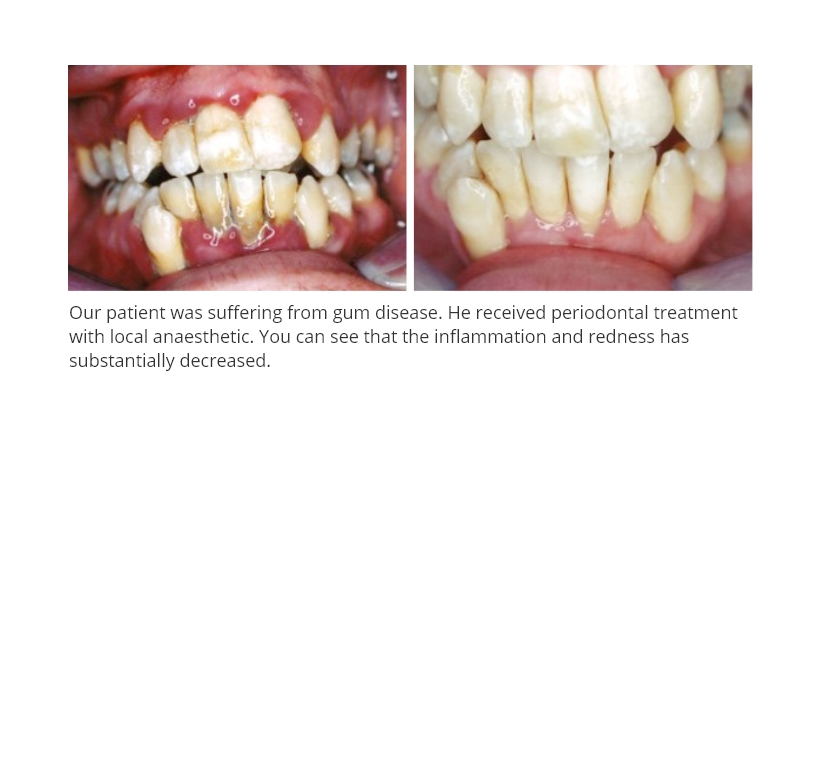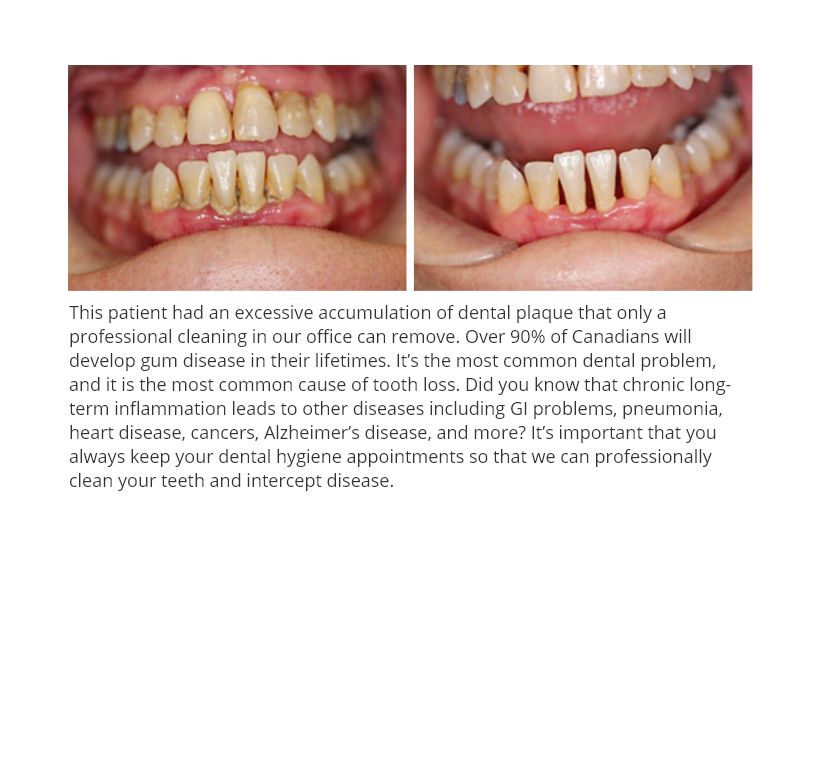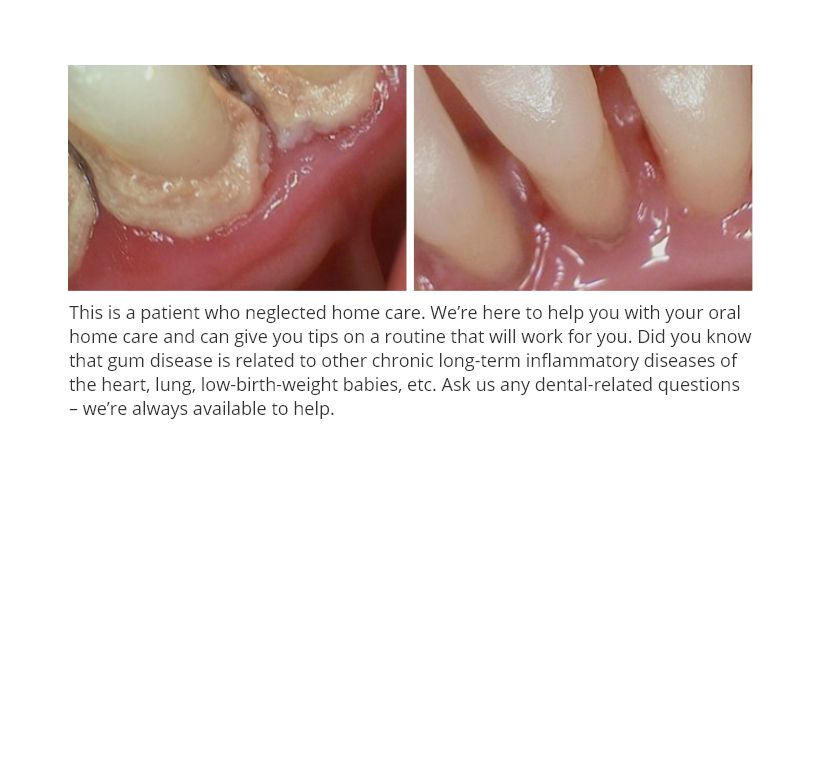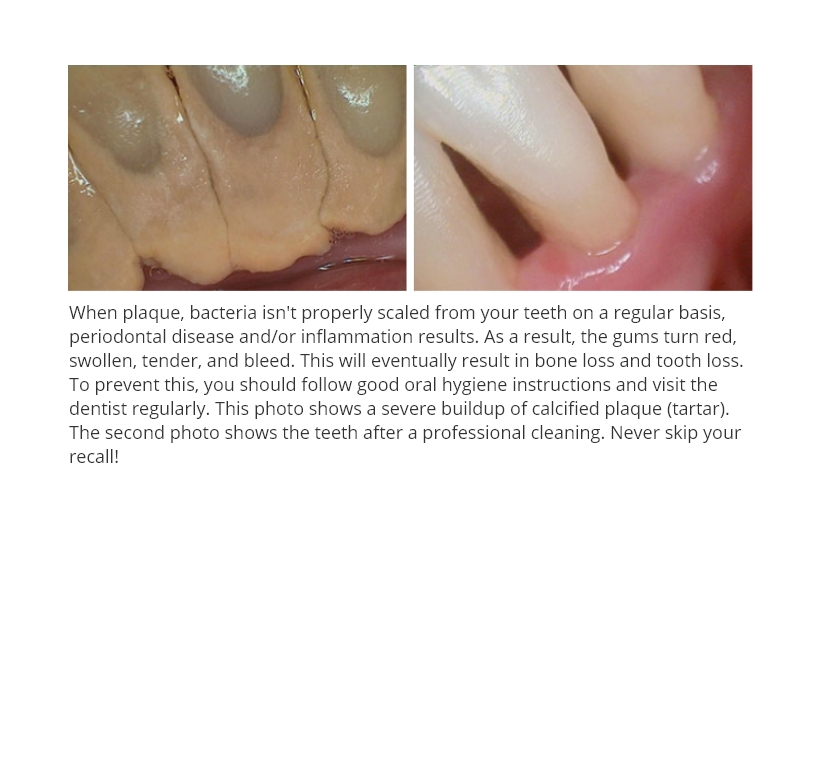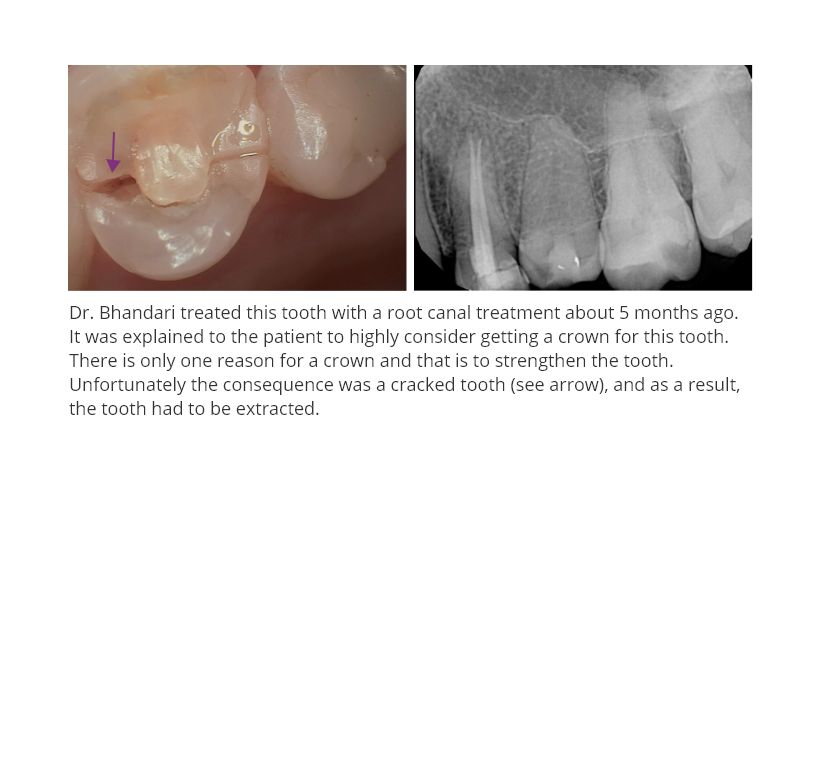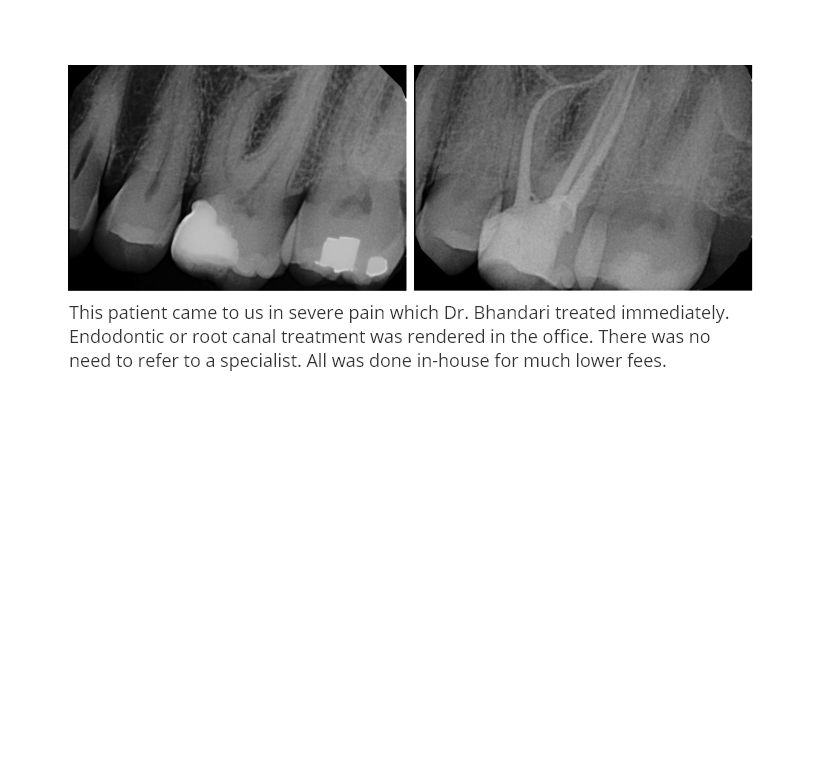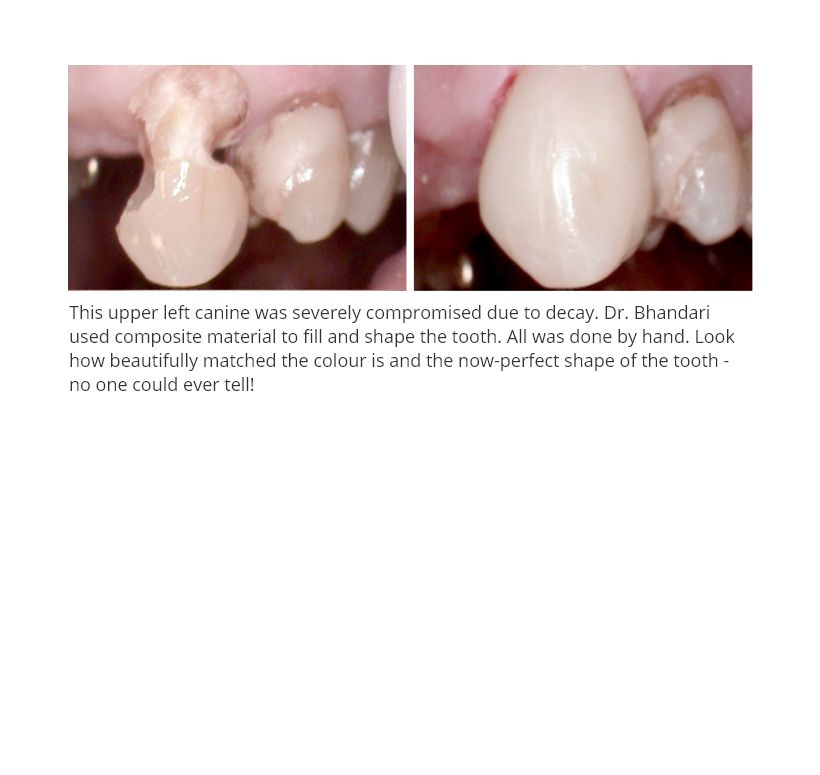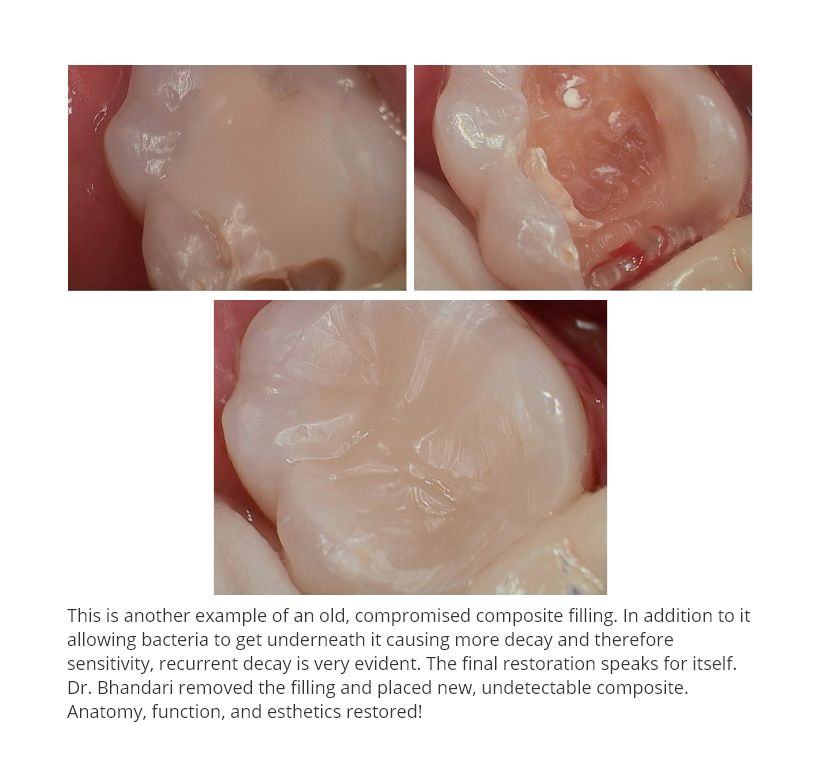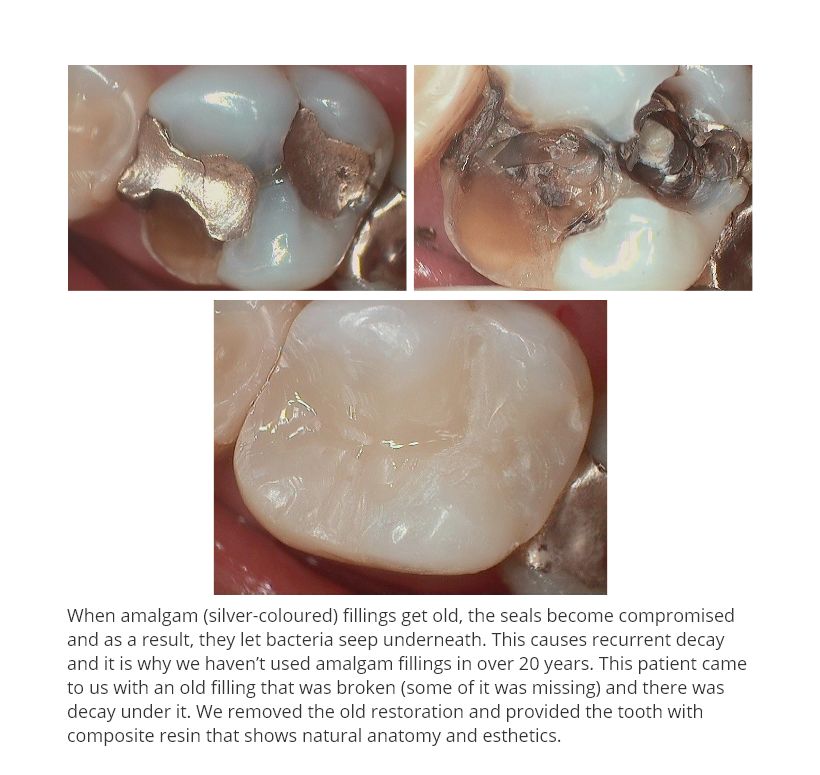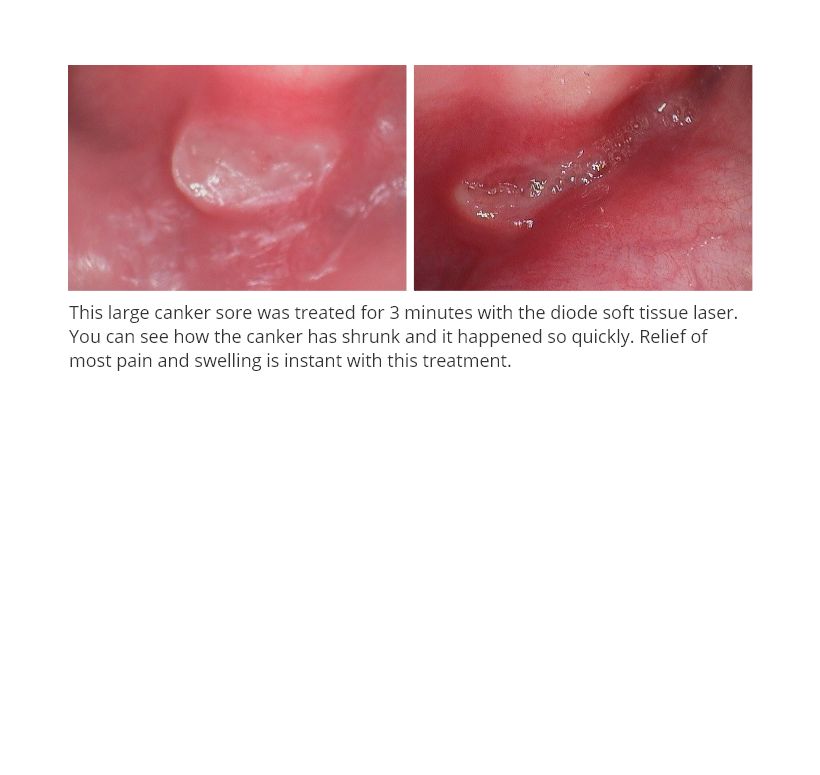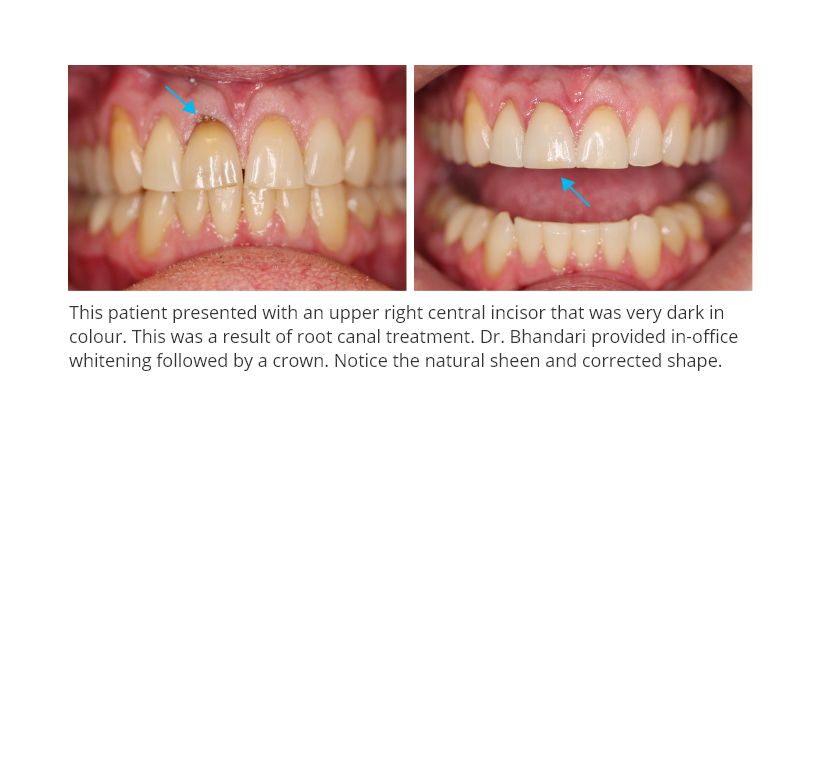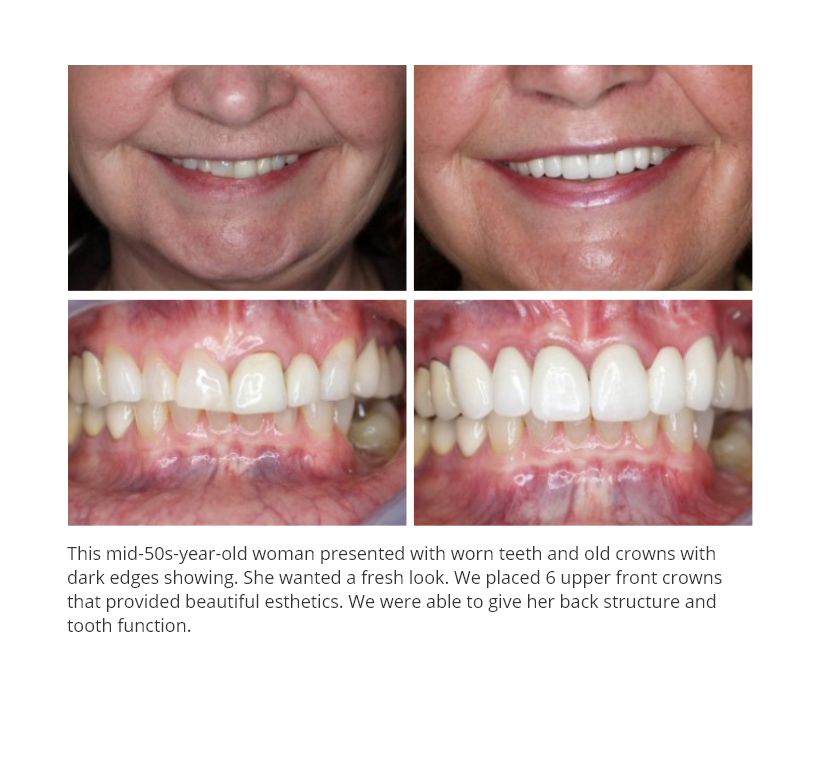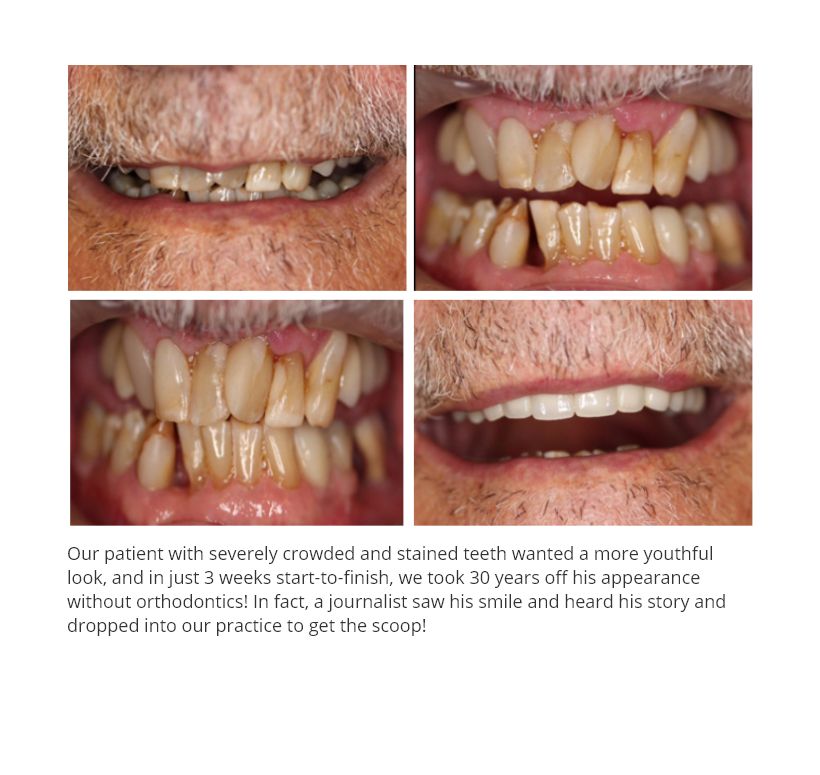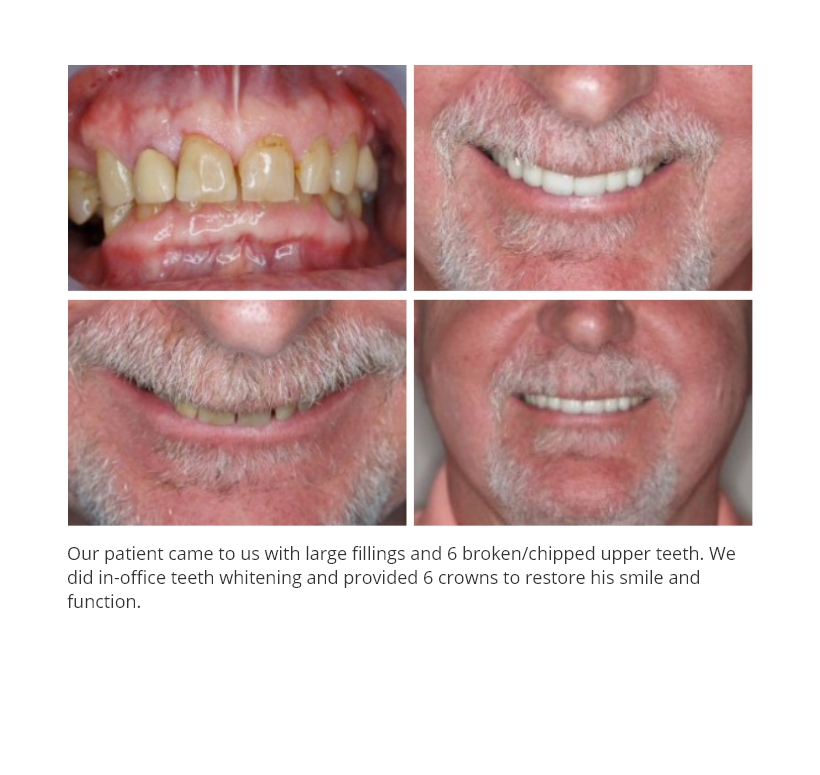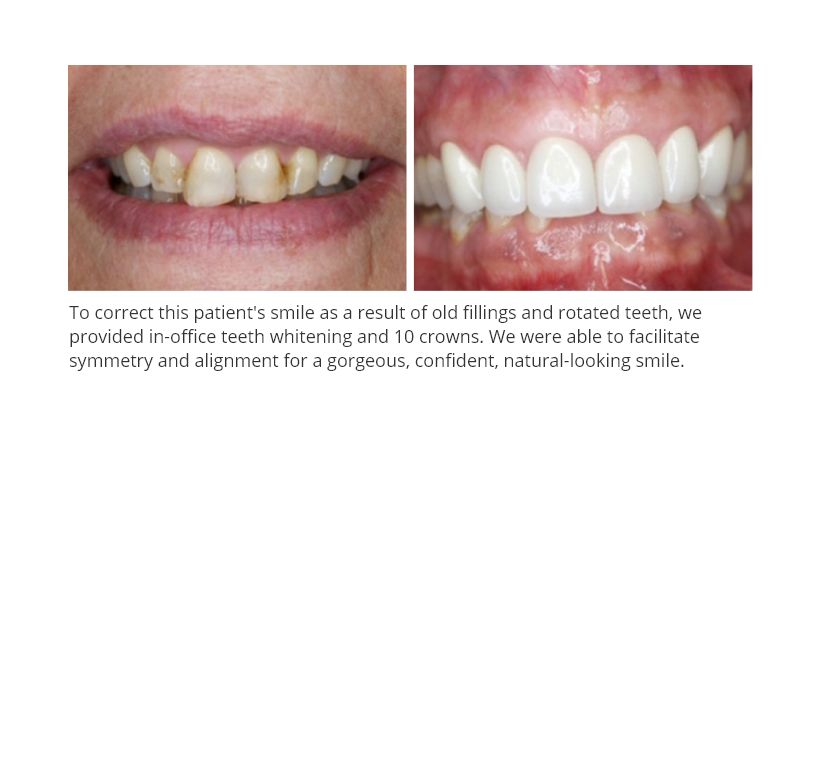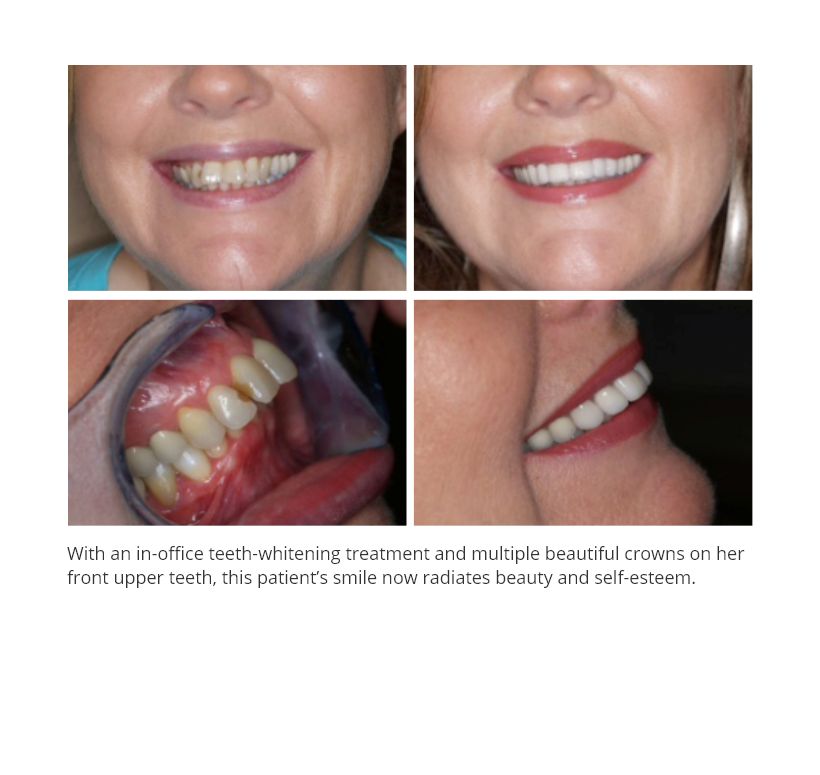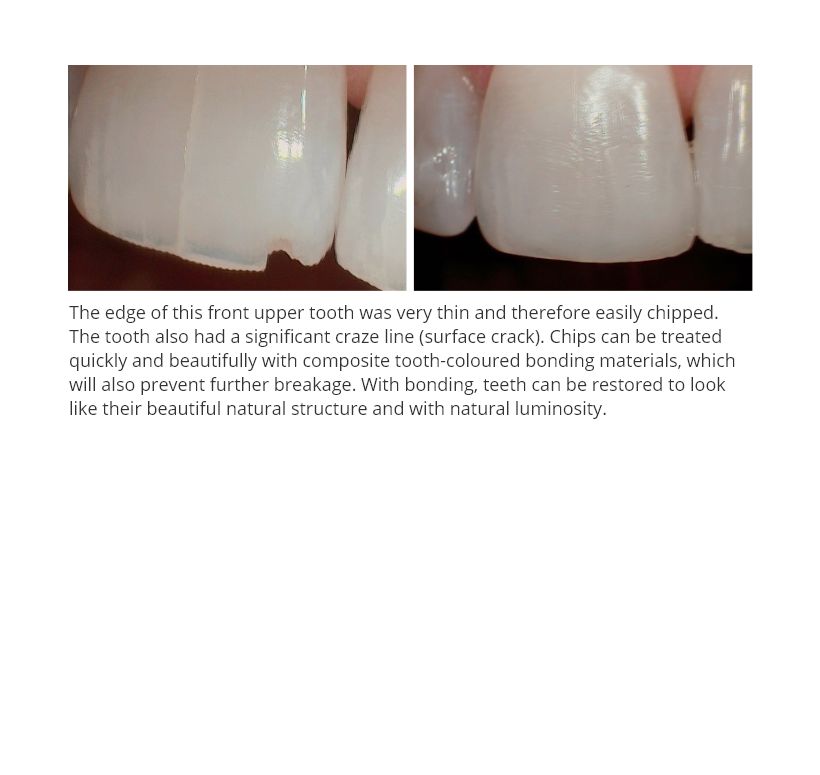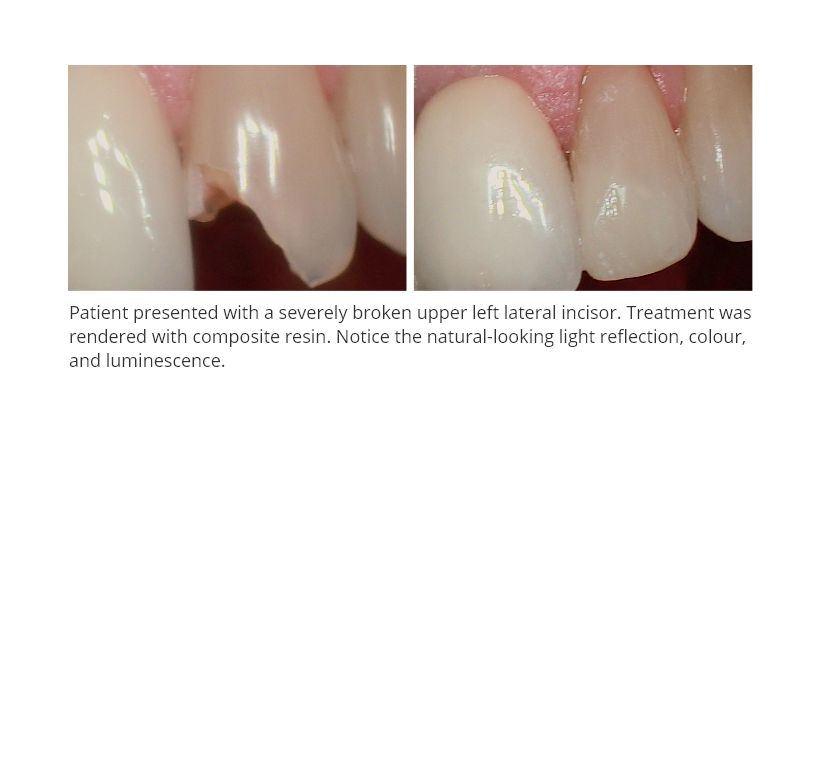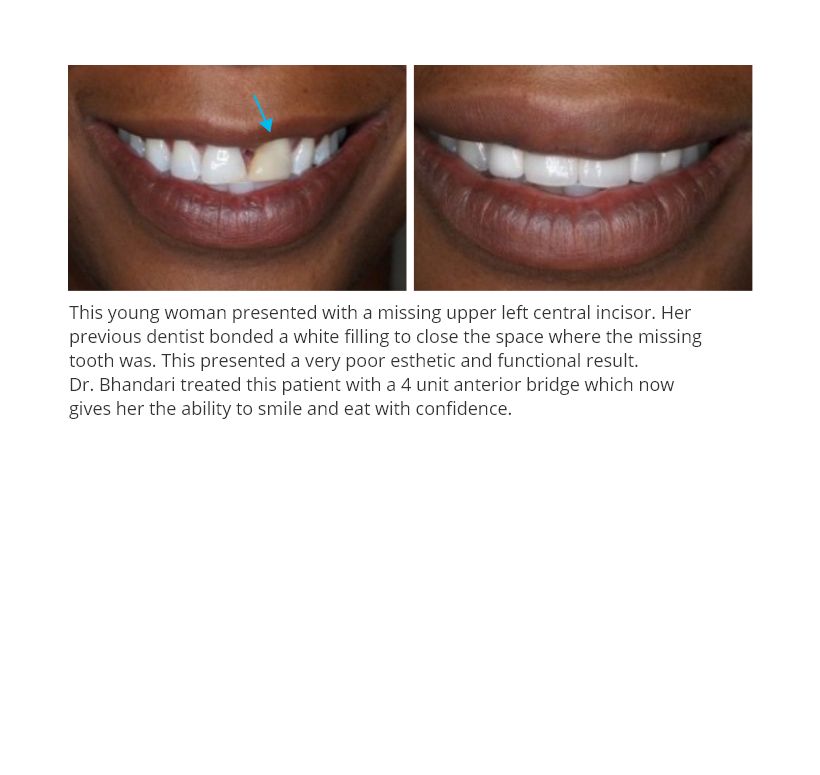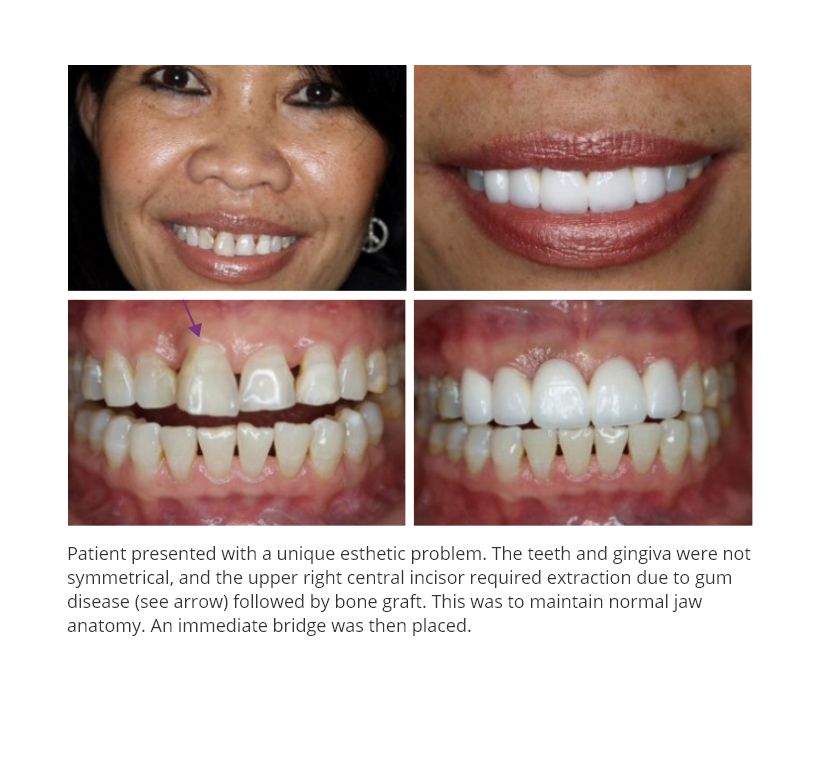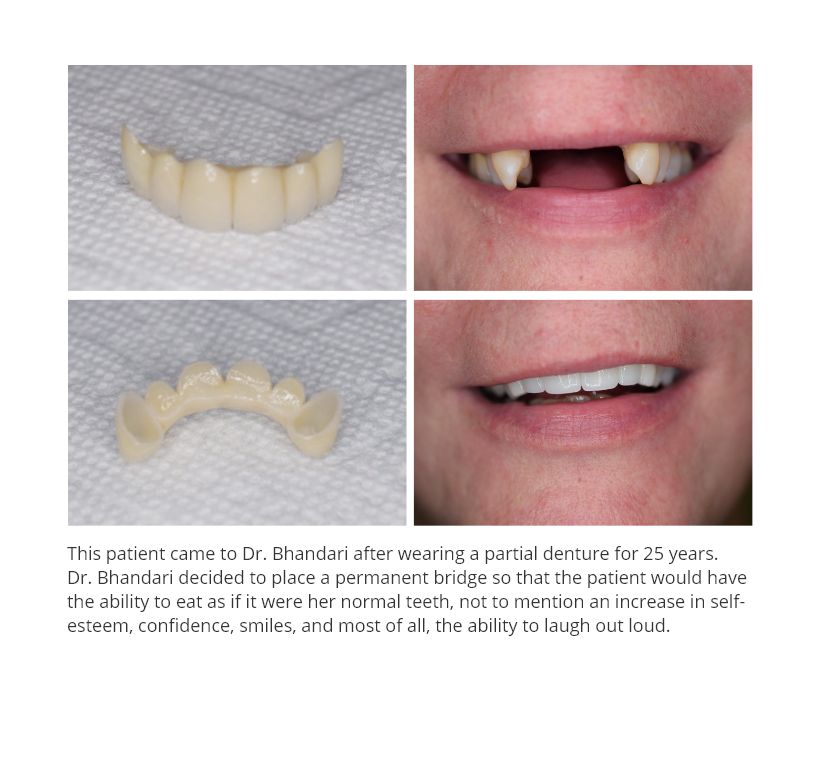Orthodontics
Straight Talk
About Kids’ Teeth
You may have heard the word malocclusion used to describe a variety of tooth and jaw problems. It simply means “teeth and jaws that don’t fit together properly.” Teeth could be irregularly spaced, crowded, or out of alignment. In children, bad habits like fingernail biting, tongue thrusting, thumb sucking, or mouth breathing can be the cause. Sometimes malocclusion is inherited – you can get a small jaw from one parent and a large jaw from the other, and that can spell trouble all around.
Teeth and jaws that don’t line up in a good biting position can set the stage for tooth decay and gum disease. Poorly arranged teeth can trap food particles and allow plaque and tartar to build up. Chewing can be difficult and that can affect diet and digestion. Malocclusion can even cause speech problems. In infants, poorly fitting baby teeth won’t give permanent teeth room to grow in straight.
Orthodontists deal with straightening teeth and altering bone growth. They carefully assess each case with radiographs, and use special tools such as bands, wires, elastics, and appliances to guide teeth into their proper positions. Even in the very young, early orthodontics can fix alignment problems before they affect the permanent teeth. That can save a lot of cost and trouble down the road. Thanks to orthodontics, there’s no reason we can’t put crooked teeth on the straight and narrow.

Straight Choices
Smile more with orthodontics!
Given the choice, most people would prefer a beautiful smile with perfectly aligned teeth over a smile that showed crooked or crowded teeth that diminishes their self-esteem. That’s because most of us know that in our society, an appealing smile is held in high esteem. In addition, straight teeth and aligned jaws are easier to brush and floss, lowering the incidence of cavities, gum disease, and tooth loss. Could orthodontics – the art of placing gentle pressure on teeth to move them into proper alignment – help you smile more?
The type and duration of treatment varies according to each patient’s condition. We’ll examine and assess your teeth and discuss a treatment plan that’s best for you. Options include the “traditional” braces you’re probably most familiar with: bands, wires, elastics, and removable appliances. A more-recently available option is invisible braces – a series of clear removable aligners.
For some adults, minimal tooth movement is sufficient to overcome slightly misaligned front teeth – top or bottom – in only a few months. For others, where appearance is a greater concern than bite issues, porcelain veneers can be custom-fitted over the front of teeth. They’ve been called instant orthodontics because they can straighten the appearance of teeth in two visits!
Let us help you smile more. Give us a call to discuss the best orthodontic option to suit your oral health needs, lifestyle, and budget.
Most parents are unaware that much of the expensive and lengthy orthodontic treatment in the teen years can be avoided by taking early preventive steps when your child is as young as four or five.
Our goal is to provide the ideal setting in your child’s mouth so that the adult teeth will grow in properly. If your child loses a baby tooth in a fall, for example, an empty space is created with teeth on either side. If this space isn’t maintained, the neighboring teeth will begin to encroach on the space. As well, the tooth in the opposing jaw will grow longer because it is not meeting any resistance. This can cause chewing stress to be unevenly distributed, causing further movement of other teeth.
Without treatment, these conditions could mean a full set of braces later on. To prevent this, we can put a space maintainer between baby’s teeth to hold the space open for the permanent tooth.
Early orthodontic treatment also gives us a chance to do many other things, such as guide the growth of the jaw, guide incoming permanent teeth into desirable positions, correct harmful oral habits such as thumb or finger sucking, and reduce or eliminate abnormal swallowing or speech patterns.
A smile is for a lifetime, and making it the best it can be starts right in the crib!

Home Care During Orthodontics
Helpful home care hints for orthodontic patients
It can take a while to get used to your new orthodontic appliances. But after a short break-in period, you’ll be surprised at how little life will have changed. You can still participate in any sport so long as you wear a mouth guard, and you can play your musical instrument to your heart’s content. There are very few special things you have to do as an orthodontic patient. Here are a few helpful reminders of what they are.
Take care of your appliances. They aren’t indestructible. Keep retainers away from heat. If you lose or break part of your appliance, call your orthodontist right away. If there’s a wire poking inside your mouth, gently tuck it back into place with a blunt object and cover it with a piece of wax until you can make it into the office.
Watch what you eat. Avoid eating any hard foods like ice, popcorn, nuts, and corn chips. Cut your raw veggies into bite-sized pieces. Stay away from sticky foods like gum and caramel. Cut down on sugary foods and pop. Keep foreign objects out of your mouth. Pencils, fingernails, and other objects can loosen or break your appliance.
Keep them clean. Appliances need to stay sparkly clean. Brackets, wires, and loose bands can trap food particles and make it hard to brush away harmful plaque. Brushing after every meal is the only way you’ll avoid tooth decay. If you’re a brace-wearer, use a soft-bristle brush and fluoride toothpaste. Start brushing the outside surface of your teeth with a back and forth motion. Tilt the bristle into the area right next to the gums where bacteria love to hide out. Brush the inner surface of your teeth with the same motion. Then brush the gums with a gentle circular stroke. Brush the chewing surface last, then rinse your mouth. And don’t forget to floss! If your braces get in the way, we can show you a special floss threader technique just for you.
Keep your appointments: Wear your headgear as directed (even when you’re on vacation) and remember to keep every orthodontic appointment. And don’t forget to bring your appliance in with you!

Straighten Up!
Orthodontics: strong, radiant smiles
When teeth and jaws don’t line up properly (malocclusion), dental problems may be more serious than you think. Your mouth is more susceptible to tooth decay and gum disease. Your teeth can break more easily and are more likely to trap food particles.
You could have inherited the problem. You might have your mother’s small jaw and your father’s big teeth, resulting in little space to fit them all in. Thumb-sucking or mouth breathing can also cause misaligned teeth. Skeletal malocclusion, the most common type, is when one jaw has not grown properly to line up with the other jaw. Dental malocclusion describes the condition where individual teeth are crowded, out of line, or spread out. That’s where orthodontics comes in.
We’ll assess the nature and condition of your misaligned teeth and discuss the best orthodontic treatment for you or your child. Most procedures take 1-3 years, followed by a period of time when a retainer is worn to maintain your smile’s new position.
The result is properly aligned teeth that work together as they should. Because your smile is for a lifetime, treatment is a short period of time to invest to create strength and radiance.

The Straight Goods
Crooked teeth can be corrected
Crooked teeth can cause more than just dental problems. They can trigger all kinds of trouble from headaches to hearing issues, digestive ailments, or even mood swings and poor self-esteem.
Crooked teeth are most often something we inherit. Sometimes they develop from destructive personal habits like thumb-sucking and lip or nail biting.
Crooked or crowded teeth at the front of the mouth can make people feel self-conscious. Bite and chewing difficulty can ignite headaches and set off indigestion, especially if the teeth don’t meet properly and make fully chewing food difficult. Many people with misaligned teeth have so much trouble chewing that they avoid the crunchy or hard foods we all need for good health. Add to that the difficulty of keeping teeth clean when they are too crowded to floss between, and these conditions can spell trouble for dental health.
It’s a good thing that, thanks to modern dentistry, help is available. Even if you were born with a bad bite, you don’t have to live with it. If problems with crooked teeth or a misaligned bite are interfering with your life, please give us a call. We’ll be happy to conduct an assessment and discuss your diagnosis and treatment options with you.
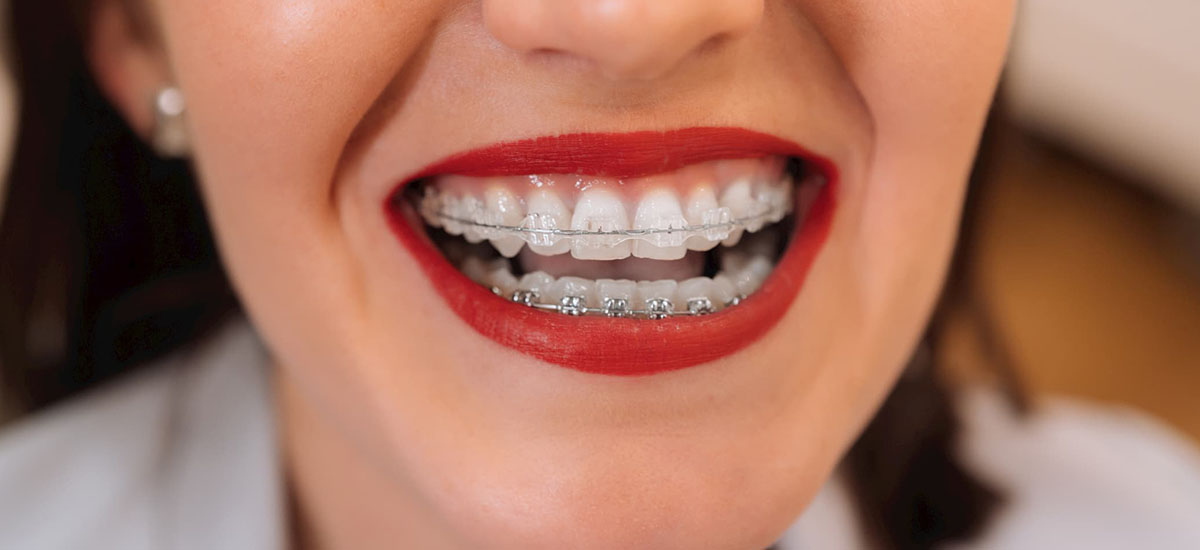
Who Says Kids Only?
More adults than ever wear braces
Are crooked or crowded teeth something you wish had been corrected when you were younger? Wish no longer. These days, orthodontics isn’t just for kids. Many adults recognize that braces can mean healthier mouths, greater self-esteem, and long-term gain. In fact, today adults make up 27% of orthodontic patients!
Crooked, crowded, or misaligned teeth can make chewing difficult, and even painful if your jaw joint is stressed incorrectly. An awkward smile may chip away at your self-confidence. Straight teeth and aligned jaws are easier to brush and floss, lowering the incidence of cavities, gum disease, and tooth loss.
Orthodontics work by placing gentle pressure on the teeth to move them into proper alignment. The type and length of treatment varies according to your condition. Braces have come a long way from the clunky train tracks you may remember. Materials are more comfortable and less visible – even invisible for some treatments.
Your treatment plan may last between six months to three years, depending on the level of adjustment your teeth need. Because your mouth is one of the first things people notice about you, a strong beautiful smile can take years off your appearance and dramatically increase your self-esteem. Orthodontic treatment is a short-term investment that allows you to feel better about yourself and keep your teeth strong and healthy.

Brace Yourself
With Invisalign, the choice is clear
Orthodontics is the branch of dentistry that corrects teeth that are crowded, protruding, are too far apart, or which don’t bite together properly. Until recently, orthodontic treatment was focused mainly on teenagers and the preferred method was metal train-track braces. Today, about 20% of orthodontic patients are between 20 and 60 years of age!
Dental researchers have produced a revolutionary new technique that has brightened the smiles of thousands of patients. The system is called Invisalign®, and it’s the invisible way to straighten teeth using a series of custom-made, nearly undetectable aligners.
Here’s how it works. During a consultation, we determine if Invisalign is right for you. If it is, we create a treatment plan, take an impression of your teeth, and submit it to Invisalign who translates our instructions into a series of medical-grade plastic aligners. Each one of your comfortable aligners is precisely calibrated and manufactured to fit snugly over your teeth and gently move them through every stage of your treatment plan.
No more metal mouth means you’ll smile more during treatment and you’ll spend less time in our office having adjustments! Because Invisalign aligners are removable, you can still enjoy your favorite foods and smile without holding back. With Invisalign, there’s nothing to avoid and nothing to hide!
We welcome you to call our office to ask questions or to arrange a consultation to discover how Invisalign can help give you the smile you’ve always wanted!

Mouth Breathing Intervention
Early orthodontics can help your child
Orthodontic treatment is more than a way to improve appearance. Over half of all children have problems of malocclusion (bad bite) that can lead to mouth breathing which can in turn lead to inadequate jaw and facial growth. The key to restoring normal nasal breathing – and normal craniofacial growth – is early Phase I orthodontic care between the ages of five and ten.
How are breathing and bite related? As your child’s teeth appear in the correct order and with correct spacing, they cue the maturation of the facial musculature. In this way, children move from the infantile swallow required for nursing to the mature swallow required for speech, facial expression, and normal growth and nasal breathing.
How can you tell if your child needs treatment? Only an examination can confirm it, but mouth breathing or snoring are two early warning signs. Some other indications could include difficulty chewing or biting, crowded or crooked teeth, jaw clicking or teeth grinding, biting the cheek, teeth that do not meet well or at all, jaws and teeth that are out of proportion to the rest of the face, or a history of finger sucking.
We welcome you to call our office to ask questions or to arrange a consultation for your child. Orthodontics can help to achieve balance and harmony for health … and a beautiful smile!

Achieving Your Perfect Smile...
With traditional orthodontics
The dream of healthy teeth and a perfect smile is becoming a reality to more and more people every day. The number of adults and children taking advantage of orthodontic treatment to improve their dental health and give their self-esteem a boost continues to rise.
Ideally, your top teeth should extend slightly over your bottom teeth and molars should fit together perfectly. Unfortunately, because of an accident, thumb sucking, early loss of teeth, or heredity, this is not the case for many people. Teeth can be crooked, crowded, or twisted, and poor alignment of the top or bottom teeth can result in an overbite, underbite, or cross bite.
Traditional braces are the most commonly accepted treatment for malocclusion (bad bite). Improved appearance is just one reason to correct it – and it’s an important reason as good self-esteem is crucial. Good oral health is also crucial. Straight teeth are easier to clean, so orthodontics makes a great contribution to your optimal oral and overall health.
The search for a perfect smile is not new. The modern science of orthodontics began in the early 1900s and over the following 100+ years, braces made of gold, silver, wood, and ivory have evolved into today’s modern treatments which use state-of-the-art technology to give children and adults a healthy beautiful smile! Are you a candidate for orthodontics? Give us a call!
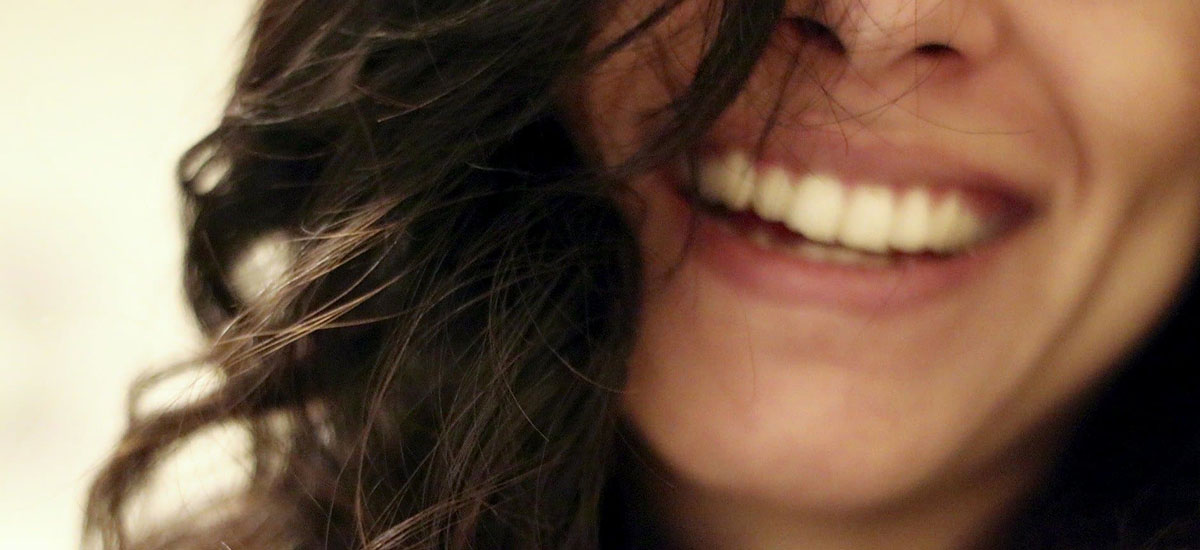
Make A Statement!
Orthodontic smile transformations
Orthodontic treatment involves the correction of existing or anticipated bite problems due to malocclusion (which literally means bad bite). Crowded teeth, missing teeth, misaligned teeth, jaws that are out of alignment, or bad oral habits like pencil chewing can create a bad bite.
Childhood orthodontics can…
- guide the jaw to grow toward optimal shape
- direct incoming permanent teeth to correct thumb-sucking damage and to reduce the risk of trauma to protruding teeth
- eradicate or lessen problems with swallowing or speech
- simplify treatment for future orthodontics, saving time and money
- preserve or gain space for the aligned eruption of permanent teeth
- enhance appearance and boost self-esteem.
Orthodontics for adults can…
- improve chewing function
- realign teeth to make oral care easier and more effective thereby making it easier to prevent and/or reduce gum disease
- arrest or reduce loss of the bone that supports teeth
- allow space to replace a missing tooth with crown and bridge or implant treatment
- improve esthetics for a healthier more-dynamic smile … which will enhance self-confidence and boost self-esteem.
Orthodontics can have life-transforming results! Please call today to arrange a consultation for yourself or your children. Afterwards we’ll present your personalized plan, discuss it with you in detail, and include you in all decisions. And that’s just the beginning of a new straight smile that you can flash for a lifetime!

Is It Time Yet?
Early preventive steps
Most parents are unaware that much of the expensive and lengthy orthodontic treatment in the teen years can be avoided by taking early preventive steps when your child is as young as four or five.
Our goal is to provide the ideal setting in your child’s mouth so that the adult teeth will grow in properly. If your child loses a baby tooth in a fall, for example, an empty space is created with teeth on either side. If this space isn’t maintained, the neighboring teeth will begin to encroach on the space. As well, the tooth in the opposing jaw will grow longer because it is not meeting any resistance. This can cause chewing stress to be unevenly distributed, causing further movement of other teeth.
Without treatment, these conditions could mean a full set of braces later on. To prevent this, we can put a space maintainer between baby’s teeth to hold the space open for the permanent tooth.
Early orthodontic treatment also gives us a chance to do many other things, such as guide the growth of the jaw, guide incoming permanent teeth into desirable positions, correct harmful oral habits such as thumb or finger sucking, and reduce or eliminate abnormal swallowing or speech patterns.
A smile is for a lifetime, and making it the best it can be starts right in the crib!

Ortho For Grown-Ups
Hidden lingual braces
Today, many orthodontic patients are between 20 and 60 years old. A mouth filled with conspicuous metal tracks is no longer a worry thanks to lingual braces that are attached to the backs of your teeth where no one can see them. For most people, because the only wires that are wrapped around entire teeth are on the back molars, the braces are completely invisible from the sides as well as the front!
Orthodontic treatments involve gently pushing your teeth into place over a period of months or years and there are many excellent reasons for adults to consider lingual orthodontic treatment to achieve their ideal smile:
- Crowded and crooked teeth influence appearance and can affect self-confidence in business or social situations. Some people even avoid smiling.
- Crooked teeth can affect the alignment of the bones in your jaw, causing tension and pain.
- Crowded teeth are harder to brush and floss. They are more vulnerable to tooth decay and gum disease.
- Poorly aligned teeth wear down faster and affect your bite. This can make chewing difficult.
If you are interested in lingual braces, call us. The benefits are well worth the time you invest! It’s never too late!

